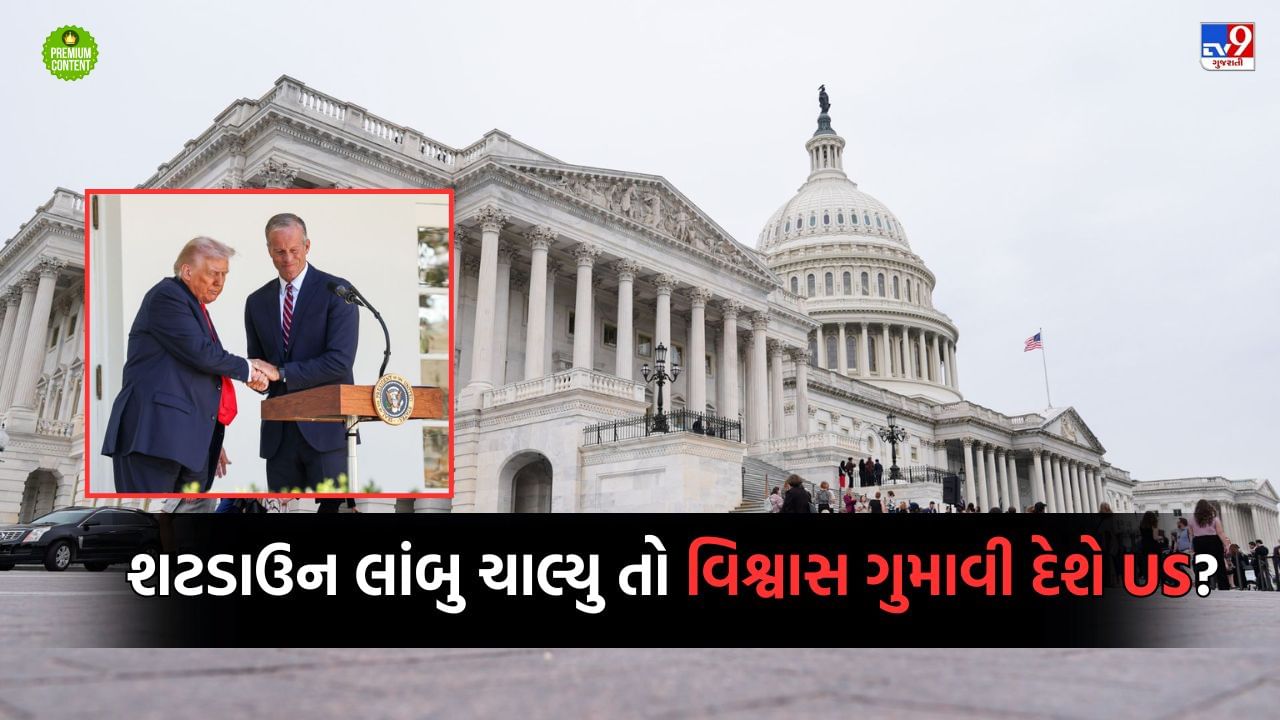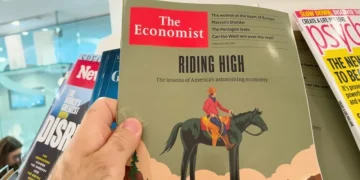
Donald Trump, who claims to have stopped the war, has also been credited with two shutdowns. In fact, disagreements over funding blocked the passage of several bills, leading to a federal shutdown. As a result, numerous government departments were temporarily closed. Millions of workers have been forced to stay at home or work beyond their capacity. This situation is in its third week. If the shutdown continues for a long time, America's position as a superpower could be shaken, especially when there is instability around the world.
The shutdown also began in early October. Let's look at the reasons why the shutdown happened.
In the US, a budget is required every year to run the government. But when Republicans and Democrats disagree on various issues, funding for government spending is blocked. As a result, many agencies are temporarily closed leaving many government employees unpaid. They are not paid. The shutdown also began in early October. Let's look at the reasons why the shutdown happened.
The shutdown does not affect all services. But only those services that are not considered to be urgently needed are affected. These are called non-essential services. If this situation continues for a long time, essential services are also gradually stopped.
Not that efforts are not being made to improve this. On the 23rd day, the bill came up for a vote for the 12th time in a row, but failed to reach the 60 votes needed for a green signal on funding. The shutdown thus appears to be the second-longest funding impasse in American history. There was a shutdown for 35 days between 2018 and 2019.
If we understand the risks of a US shutdown week by week,
- In the first two weeks, the impact is limited to government employees' salaries and non-essential services.
- In the third to fourth week, essential services begin to be affected. Military training and operations may slow down. Diplomatic missions may be limited.
- If it continues for five weeks or more, serious risks can arise. Important sectors become vulnerable, which even enemy countries can take advantage of.
For now, non-essential services have been shut down, but it may soon affect vital services like defence, intelligence, security agencies and border surveillance. Military training may cease, weapons and logistics supplies may be delayed, and preparations for military operations may be disrupted. Intelligence networks can slow down, increasing the risk of terrorism and cyber attacks.
Funding constraints will also affect foreign policy. When the government does not have money to operate, embassies and foreign missions cannot operate to their full capacity. For example, embassies will not be able to formulate new policies as this would require funding. Or the US may not send aid to countries in crisis. This will signal to other countries that the internal politics of a superpower like the US has become unstable and is no longer as reliable in international affairs.
This instability can be exploited by both Russia and China. Russia has largely rejected Trump's mediation on Ukraine. There is also growing suspicion that Moscow has become aggressive towards the West for the first time since the Cold War. He has secretly begun to destabilize Europe. Europe's weakness will also affect America. In such a situation, if government funds are also blocked for its departments, the situation can become very serious.
It is also understood that it does not matter if a healthy person goes hungry for a day or two. But if this fasting continues for a long time, the body initially tries to adjust to the condition but then stops cooperating. After which there is a condition that the condition of organ pale starts. The same situation can happen to any country in a long shutdown. Currently, only temporary services are closed. This will soon affect essential commodities, leading to national upheaval.
The reason for the shutdown is funding constraints. If both the House and Senate pass a new budget or funding bill, the shutdown could end immediately.
- Sometimes Congress passes a crash-ledger, a short-term resolution, that temporarily freezes funding for a while while another solution to the problem is found.
- The President can authorize limited spending in emergency situations.
The longest shutdown lasted from late 2018 to early 2019, for a total of 35 days. The disruption was caused by the lack of an agreement between President Trump and Congress on the Mexico wall. After a delay, Congress passed a short-term bill to allow other departments to operate. The wall debate continued and is still ongoing.
Also read: Now where will Mullo Munir go to hide his mouth, India puts its hand on Pakistan's sore vein, gives final ultimatum on PoK
Also Read : “Bharat Bap Hai Bap…” Claims of CIA spy who spied in Pakistan for 15 years
. Source




























